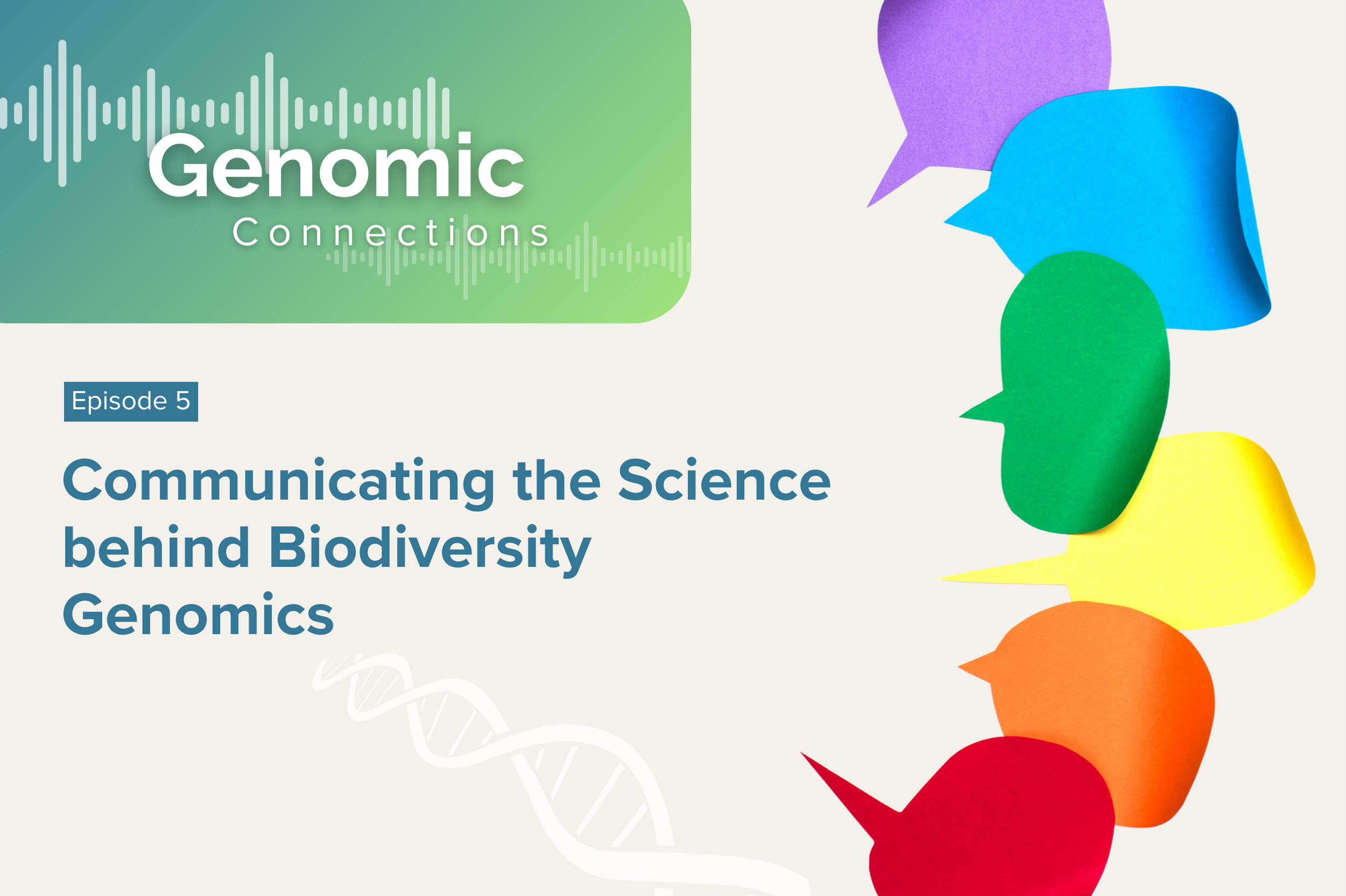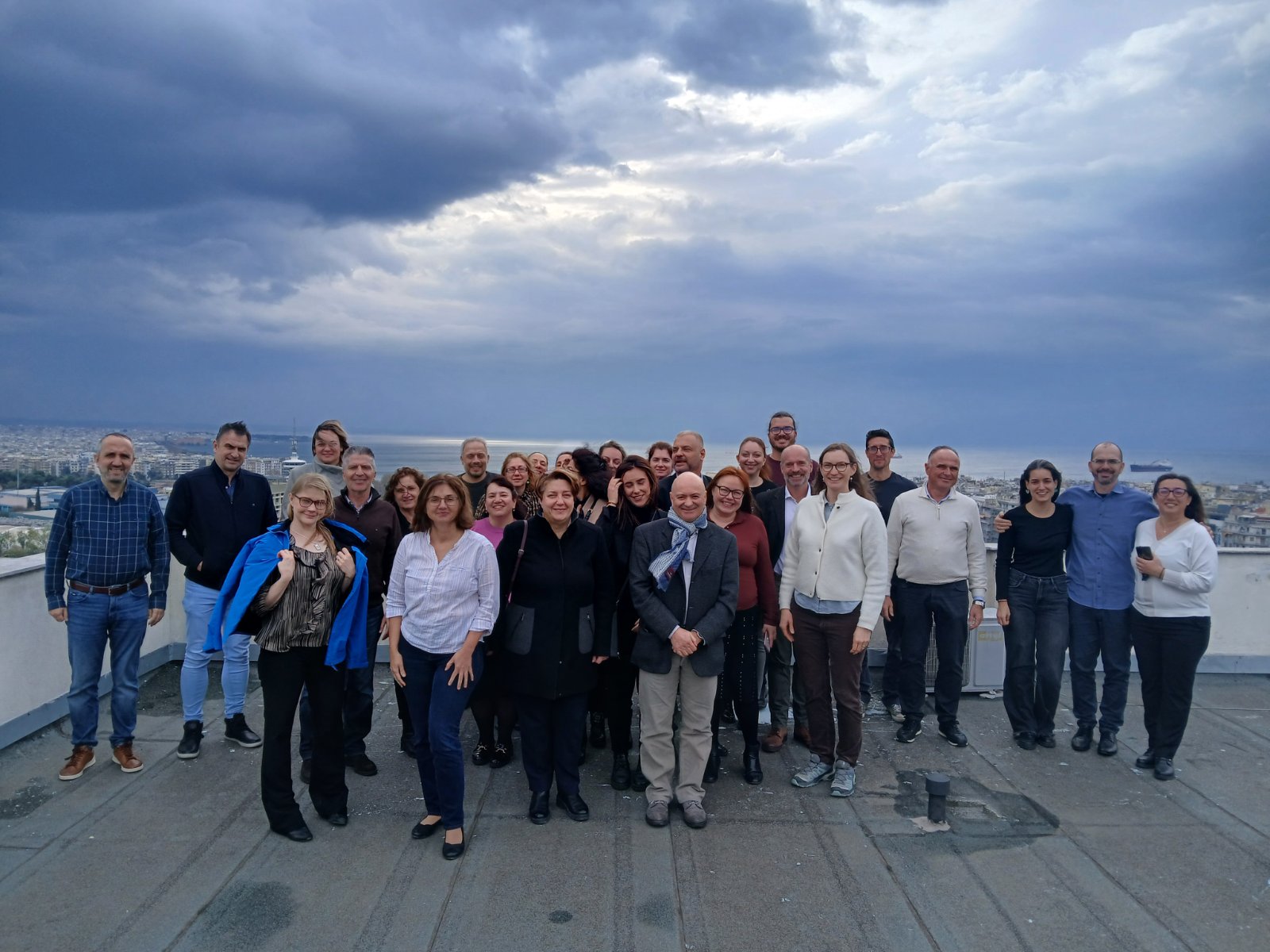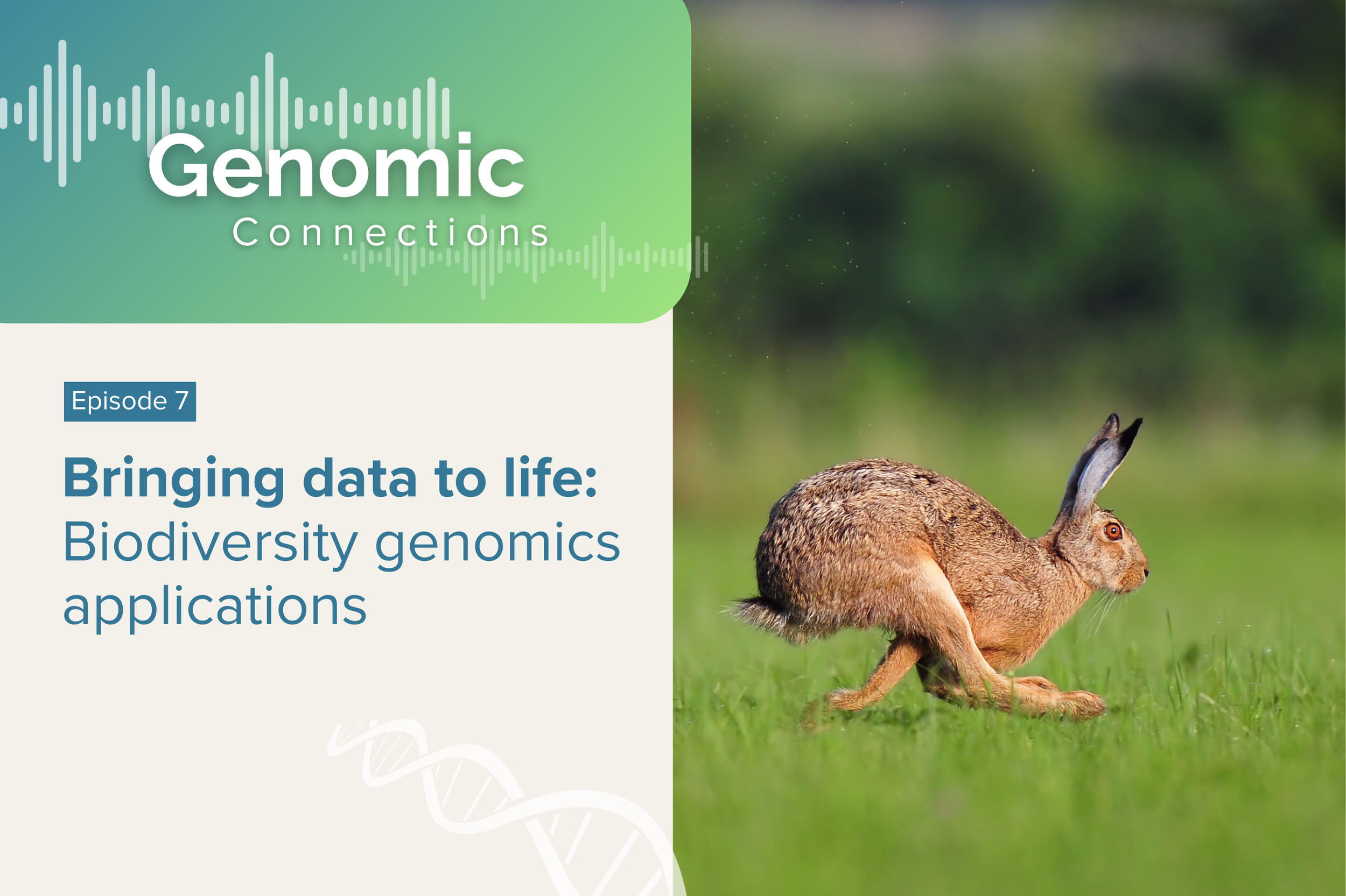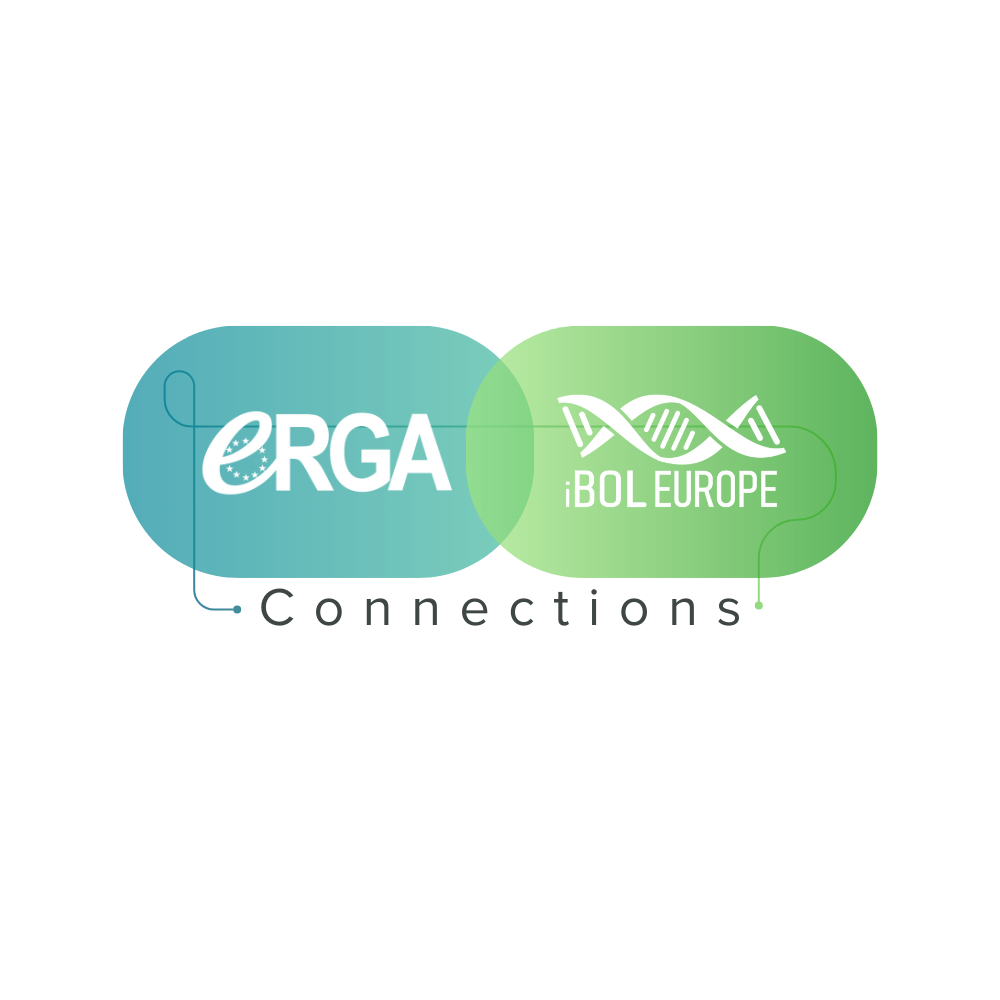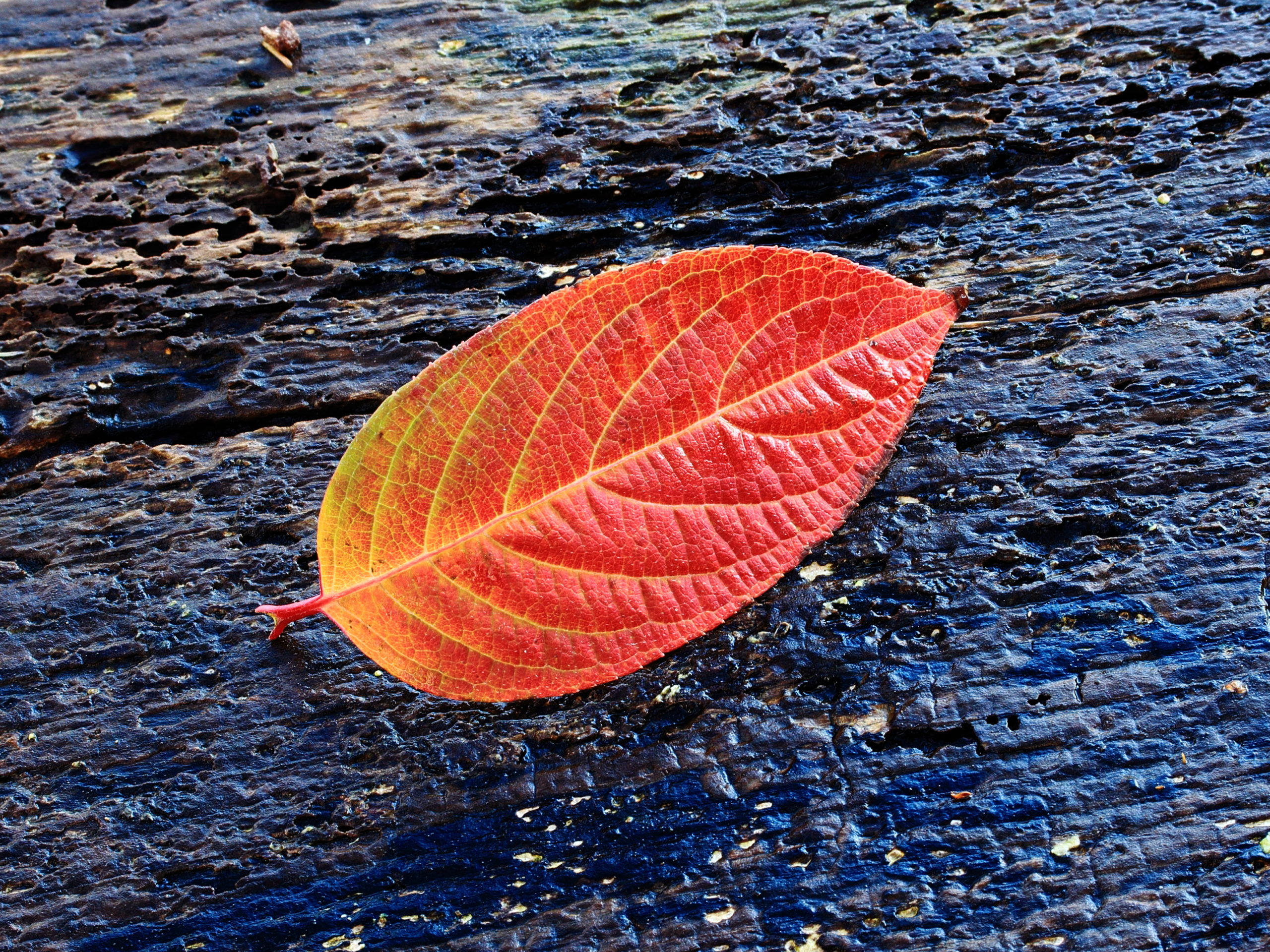In the fifth episode of Genomic Connections, Kasia Fantoni and Christian De Guttry are joined by Ela Sari, Science Communications Advisor at Naturalis Biodiversity Center (the Netherlands) and Luísa Marins, ERGA Scientific Communication and Dissemination Coordinator based at the Leibniz Institute for Zoo and Wildlife Research (Germany). They talk about science communication and the importance of disseminating information about biodiversity genomics to a variety of audiences.
You can listen to Genomic Connections on Spotify and PocketCast. The RSS Feed is available here.
The episode’s full Transcript (AI-generated) is available below the credits.
Credits
“Genomic Connections” is a podcast about the science, stories, and people behind biodiversity genomics produced by ERGA and iBOL Europe within the Biodiversity Genomics Europe (BGE) project.
“Genomic Connections” is written and produced by Christian de Guttry, Kasia Fantoni, Luísa Marins and Chiara Bortoluzzi.
Graphic design by Luísa Marins.
Music (intro and outro): “Nostalgic Reflections” by Ant.Survila (c) copyright 2025 Licensed under a CC-BY-NC 4.0 license. Ft: airtone.
BGE is a Horizon Europe project funded by the European Commission, the Swiss Confederation and the United Kingdom.
The episode is licensed under a CC-BY 4.0 license.
You can listen to Genomic Connections on Spotify and PocketCast.
Episode #5 Transcript
My morning started with a 10-message chain from my plumber. He wrote, ETA ASAP, but VC is DOA unless DIY. So basically, I needed a translator just to know when I could use the bathroom.
Gee, this really sounds like a typical research email with acronyms everywhere. No clear subject line, and the sender, of course, is sure that it will be clearly understood by the recipient. Exactly.
When even my toilet speaks jargon, you know it, it’s time for a serious chat about communication. Which is perfect, because today we dive into how clear words, inside and outside the lab, can save projects time and also household plumbing. We will ask, how do you turn DNA barcodes and high-speed scaffolds into sentences that humans, and not just machines, can follow? And especially, why do good updates, tidy slides, and the right acronym at the right moment, keep giant projects, like Biodiversity Genomic Europe, running smoothly? I am Kasia Fantoni, iBOL Europe Community Manager.
And I am Cristian de Gutry, ERGA Project Manager, and you are listening to Genomic Connection, the podcast about biodiversity genomics. Today, decoded in plain language. So today we are joined by Ela Sari and Luisa Marins.
Ela has a multidisciplinary background with studies in both architecture and science communication from Delft University of Technology. She is very passionate about connecting people and engaging in creative work, and combines her interest in science, technology, and nature as a science communicator at the Naturalis Biodiversity Centre. Luisa studied biology since she has always been fascinated by biodiversity.
But also, she also had a strong interest in the communication field and how to tell stories. So right now, she is based in Berlin and works at the Leibniz Institute for Zoo and Wildlife Research, supporting communication and outreach actions for the European Reference Genome Atlas. Naturalis is the Dutch National Research Institute for Biodiversity, working with one of the largest natural history collections in the world.
Their researchers work on describing, monitoring, and understanding biodiversity. The Leibniz Institute for Zoo and Wildlife Research, also known as Leibniz IZW, has the goal of understanding the adaptability of wildlife in the context of global changes. And to contribute to the enhancement of the survival of viable wildlife populations.
For this purpose, they investigate the diversity of life histories, the mechanics of evolutionary adaptations, and their limits. How did you end up communicating? Yeah, thanks for having me here. Well, for me, it’s quite an interesting story because I’ve always been very creative, and I wanted to make the world a better place.
So I also love technology. And that’s why I chose to study architecture at Delft University of Technology. But slowly, yeah, it sounds a bit weird, but I started that I didn’t want to put an Ela Sari building on this world.
I wanted to make impact. I wanted to connect with people. So that’s why I eventually decided to combine my master’s in architecture, also with science communication at Delft University of Technology.
And then I did my internship at Naturalist Biodiversity Centre. And I’ve always been in love with nature, with biodiversity. So it was perfect.
And the rest is history, you could say. Yeah, Luisa here. So I have a bit of a different journey because I studied biology and I worked with genomics of animal species in my bachelor’s and master’s.
But in my whole life, I always had a strong interest in communication and telling stories and also visual communication, the more visual part and arts and things like that. And at some point, I even thought about studying architecture. And then during my master’s, I had the opportunity to get more involved with the European Reference Genome Atlas because they needed support in this more outwards facing role of communication.
And I was there and I got more involved in this. And so I really think science communication is a way that brings together my interests very well. So cool.
So two different paths. But in the end, communicating well in any job is vital, right? So but for you, it is your day to day mission. So in one sentence, why does communication matter so much? Yeah, I think in one sentence is because no one can do basically anything alone.
And the only way to get help and to get anything done is with other people. And so you need to communicate your ideas, to connect, to improve the ideas and make them real. Yeah, for me, it will be that communication is actually the bridge that connects knowledge to action, you could say.
If there’s no communication, there is no engagement, no education, no decision making, no change. So communication is key. Yeah, Tata and Rieko, both of you.
I think you already anticipated it a little bit in your responses. But why is scientific communication so important? Yeah, you could say that scientific communication is crucial because it makes really complex research accessible. So as I just said, it makes it applicable.
It makes it into action. So when you make sure that everyone understands and can engage with it, you can actually apply these scientific discoveries to make improvements, to tackle the biodiversity crisis, to really make an impact. And also in today’s world where misinformation and fake news is so prominently in our daily lives, it’s also, I think, really important to build trust in science.
So then clear and credible scientific communication becomes even more vital, you could say. Yeah, also important to keep in mind that a big part of this research is actually funded by society. And then it’s a big responsibility that the people who are funding this have some idea, at least, of what’s happening.
So it’s the only way they can really value it and have an interest and care about what scientists are doing. So just to add this. Yeah, this is very true.
Especially try to communicate to society what is DNA barcode and the reference to human genomes. To me, it looks kind of difficult. So what is your most effective strategy for turning hard science words into plain talk non-scientists can follow? Yeah, I think there are many little things you can do.
But yeah, always trying to link these abstract concepts into more concrete things or things that relate to everyday life. Yeah, keeping things, breaking them, long process into smaller steps that one can follow. It’s very common that people reuse metaphors.
So comparing the genome to a book and the DNA, the words written in it. Or, for example, in the case of ergo, the process of genome assembly can use the metaphor of a puzzle. Very difficult puzzle, but still some sort of puzzle.
And yeah, things like avoiding technical words or if you really need to use one of these words, give a brief explanation or refer to something that they can make sense of. Yeah, and thank you, Luisa, because it was actually also exactly how I would answer this question. I think using metaphors, analogies and storytelling is very important in our job.
And like you said, for example, here at Naturalis, we always try to communicate that DNA barcode is like a barcode on a product in a supermarket, for example. So every item has its unique barcode. It can help the cashier to identify stuff quickly.
And in the same way, every species has its unique DNA barcode, helping scientists identify them accurately. So it’s always really nice to use those kind of examples. And since I don’t have this background in biology, it also really helps me to understand such difficult and complex stuff.
Yeah. And how important for both of you is the visual part of the communication in this context? Because now you’re talking mostly about written parts, but how important is the visualisation? Yeah, I think the visual part is important also to attract people’s attention. So apart from explaining things, it’s always easier if you have an image to help you make sense.
But also we use colour and other visual elements to simply bring the people to want to learn about that. So it’s very important to make things attractive. Otherwise, you can put a lot of effort into writing something that sounds really nice.
But if no one cares to click on it or stop by your activity because it’s not visually appealing, that’s a pity. Yeah, that’s a really important part. So, for example, one example that we do for BGE is in the past that we made this visual story about hamsters and we called it Hamster Time.
And we saw that it really worked and it really got some nice engagement. So indeed, it’s really important to make it not only appealing, but also fun to the public. Yeah, talking about the public.
So you’re both very involved in the Biodiversity Genomics Europe project, BGE. And when you have to communicate about the results or about the project itself, you are reaching a very diverse audience that includes, yes, scientific community, lab researchers, but also policymakers and the general public. So how do you make sure that you tail, let’s say, the message for each different target audience? Yeah, so we always have to think about the audiences and their drivers.
And every target group has its different drivers. For example, the driver of a policymaker is way more focused on impact. And for example, the drivers for a citizen scientist are maybe more involved with being part of this, solving this bigger issue of the biodiversity crisis.
So every message is custom made. And a good example of this is the table on our BGE website. When you go to our BGE website, the first thing you see is this table for different target groups, the genomics community, policymakers, scientists and public media.
So that can also be really nice to directly navigate to the right information. Yeah, I think also, as you mentioned, just always really thinking carefully about who you are talking to, whatever, if you’re planning for an event or writing a text. And just to add one thing that I sometimes do and can be useful is to really try to think about your audience in a very concrete way.
You can imagine a person that represents that audience and think, how old are they? What are their interests? What are their, what they do in their free time maybe? And what would really drive them to read or pay attention to what you’re trying to communicate? So you can give them a name. You can give them a job title and use this very concrete way of imagining who you were talking to. And this might help you come up with ideas for what you want to communicate.
Yes. And of course, the best situation is that you’re actually able to meet those target groups. So that’s also really nice that along the way in the BGE project, we’re starting to see more people, get more engaged.
So that’s also really helpful. Yeah, clearly. Given that you mentioned hamster time, so click and likes don’t tell the full story, right? I know that there are good indicators of success, but they’re not everything.
How do you decide that a newsletter, a tweet or a webinar really worked? It’s just reactions and interactions. Most of all, if people reply, if they, as a result of the newsletter, they actually come back to you asking for more information or if a given webinar starts such a nice discussion that leads to some scientific collaboration. So it’s this active role of the audience that they need to reply.
So this is to me, when I know that it really happened, the communication and it was successful, if at least someone gets back to us and takes something out of this, that’s always very nice to see. Yeah, for me, it’s exactly the same. So we always like to measure success and not just by quantity, but also by engagement quality.
So it includes how many people take action, shared information with others or engaged in deeper conversations. That’s the real impact. So that’s also something I can see very clearly happening with the Erga Eyeball Connection series.
So that’s really nice to see that you worked on. And it’s really easy to understand. So also for me, without my background in biology, it’s really informative and it’s also a fun way.
And a more personal example is that last year I got the opportunity to make a BGE video for the Tour de Femmes, the cycling race, and it started in Rotterdam. And the organisation, they invited us to talk about the marine invasive species in the city sport and how BGE is working on this important issue. And those videos are great because I got a lot of responses from family and friends who are also part of this general public, you could say.
So then you see that those videos are really working and really effective. Yeah. That also worked with my mom, who is one of our followers on Spotify with the podcast.
It’s nice. Yeah, but it’s nice, right? You see it happening. Yes.
So, Ella, you talked about this experience of going to the port of Rotterdam. And I think you and Luisa as well, you had the chance of going a bit to the field or to the lab or just to experience, let’s say, biodiversity genomics from A to Z when it comes to environments, like working environments. So what was the most adventurous moment that you experienced since you are involved in BGE? I thought I would tell you a story about my master’s because I worked with a species of two-toed sloth from the Amazon.
And I had the really, really wonderful opportunity to travel to the Amazon during this project. And, yeah, after I had been working for a while with this data, so just genomic data for this species, and I was already very in love with this species, but I had never seen it. So only the DNA sequences.
And then going there, I had this moment where – this is a very cool city in Manaus. It’s in the middle of the Amazon. And, yeah, it was a very special trip for me.
And because it’s in the middle of the jungle, these things happen that we got – I was staying at the lab of a professor, and she said, yeah, someone found a sloth and it needs to be rescued from the middle of the city and brought back to the forest. You want to follow them? And I said, yes, please. And it was exactly the species that I was studying.
So I had this encounter with the sloth. I could see it very close, and I saw it as they released it back. So we drove to a park that was connected already in the forest, and I saw it being released and then climbing up the tree.
And it was extremely cute, and I was so happy. And it reminded me of these things are real and how easy it can be to be so alienated when you’re working on the computer all the time from the reality of what you’re doing, right? The goal is to help the individual animals that exist in the world still, fortunately. And seeing that one was really – I don’t know if it’s an adventurous moment, but it was a beautiful moment for me.
I think it’s the perfect example of an Indiana Jones moment. And now that I hear you speaking in such an enthusiastic way, I always – yeah, it’s a bit sad that I never studied biology, actually. So my story is definitely not as cool.
My Indiana Jones moment, yeah, it’s not really Indiana Jones, but what I love is that I was able to be the host on stage for the BarcodingNL event at Naturalis. It was this really nice event for Dutch amateur expert collectors, and it’s a crucial group of people. Without them, it’s not possible, the work we can do.
So engaging with this audience, asking questions, getting a lot of questions, it’s really nice to get in touch with one of the target groups. That’s actually what we just discussed. So for me, that was a really special moment.
Cool. And now, before we wrap up, like a personal twist, if you could have any historical or fictional character as an intern working with you at IZW or Naturalis for a week, who would be it and why? Yeah, for me, it’s the British documentary maker, Louis Theroux. I’m not sure if you know this guy, but his curiosity, his often awkward conversations with people from all walks of life, I think it will bring an entirely fresh perspective to science communication because Louis has this incredible ability to dig deep into complex and uncomfortable subjects.
So it’s not really uncomfortable what we are doing, but I think it’s really nice to have someone right next to me asking those really, really important questions, someone who doesn’t know anything about this subject. So I think it will be very helpful and inspiring to meet up with such a person. For me, I don’t know if I can pick one person.
Basically, someone very, very, very creative. So even from a completely different field, an artist, someone that can bring new ideas and look at BGE and come up with new ways that we can communicate it. But also just science communicators that I really like and I’ve been following for years, like Zee Frank, Emily Grassley, some names that maybe you don’t know, but there are some really cool people doing interesting science communication and it would be nice to have their insights.
Thank you very much to both of you. It was a pleasure to communicate with you and see you soon. Thank you so much.
Thank you.
